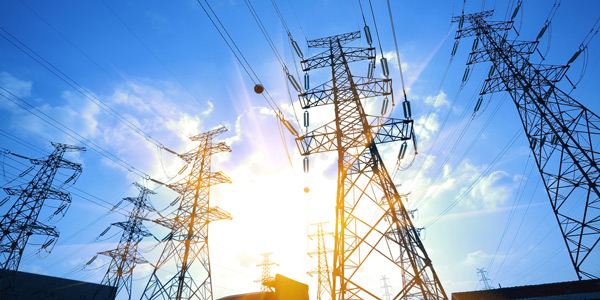By Amanda Durish Cook
A distributed energy resource trade group is calling on MISO to open its markets to customer-owned demand response and urging state regulators and utilities to develop programs that reimburse small DR providers.
The Advanced Energy Management Alliance (AEMA) last week issued a white paper containing model Tariff language intended to extend access to MISO’s wholesale markets to customer-owned demand-side resources.
The white paper suggests that states in the RTO’s footprint adopt DR programs like those in New York and the portion of Indiana in PJM.
“While not new to the Midwest, the growth and development of demand response in the region has largely stagnated,” AEMA wrote. “To create shared value for utilities and consumers, states should take near-term action to create robust demand response programs where demand response is lacking and evolve demand response program design in territories that have had the same tariffs for over a decade.”
Like in the PJM area of Indiana, AEMA suggests having utility-qualified DR providers register their customers with a utility, which would then enroll the customers in MISO’s DR program. The utility would receive capacity credit for customers they enroll, and DR providers would get either an average price from MISO’s annual capacity auction or 35% of the net cost of new entry. AEMA said the approach would be “an effective means for stimulating cost-effective DR while working within existing state and MISO market constructs.”
As an alternative, AEMA said MISO could adopt New York-style programs that concentrate on reducing transmission and distribution costs and stay independent of wholesale capacity programs.
The organization also said that if states agree, MISO could devise Tariff rules for peak load management, distribution-level services and, eventually, additional wholesale market programs.
AEMA also suggested that Midwestern states allow bilateral contracting between utilities and DR providers. Under this scenario, the utility and the provider contract for a specific number of megawatts for enrollment, a price per megawatt and program design — including the terms of dispatch.
“AEMA is eager to collaborate with MISO-based utilities, regulators and system operators in this endeavor. Our goal is not to overturn existing bans that prohibit demand response providers from directly enrolling customers in wholesale market programs, but instead to develop new creative approaches to exploiting the full potential of demand response,” the group said.
It said new DR resources are less expensive than running aging generation.
“Energy leaders in the Midwest should not let excess capacity stop them from pursuing all cost-effective demand response,” the organization said.
AEMA Executive Director Katherine Hamilton said the white paper is a “roadmap” for state regulators and utilities.
“We hope that this white paper is used as intended — to inform and offer options for regulators and utilities seeking to partner with third-party providers and consumers. AEMA members seek to grow our businesses while giving consumers additional choices and providing cost-effective, environmentally sustainable services to the electric grid,” Hamilton said.
Several utilities in MISO states have interruptible DR programs, but AEMA said those programs need to evolve.
MISO had 10.7 GW of wholesale DR capacity in 2016, 8.9% of its annual load peak. The RTO’s DR is mostly derived from interruptible load and behind-the-meter generation under state-regulated and utility-run programs and accredited as load-modifying resources or emergency demand resources.



